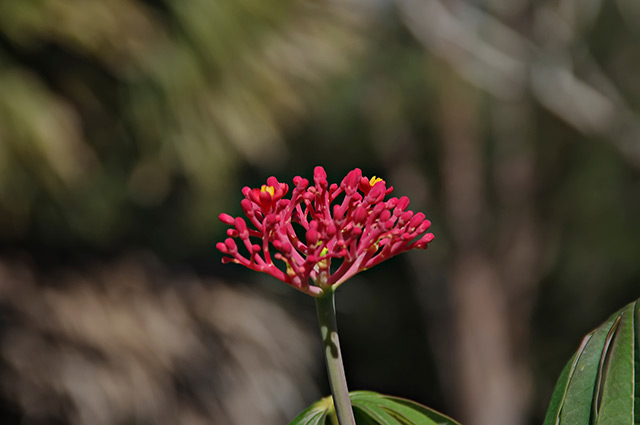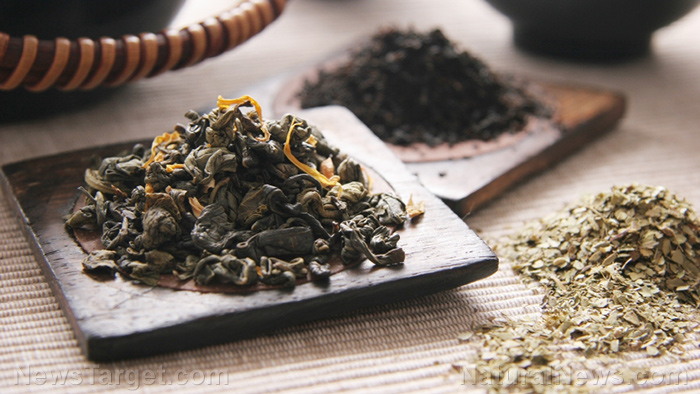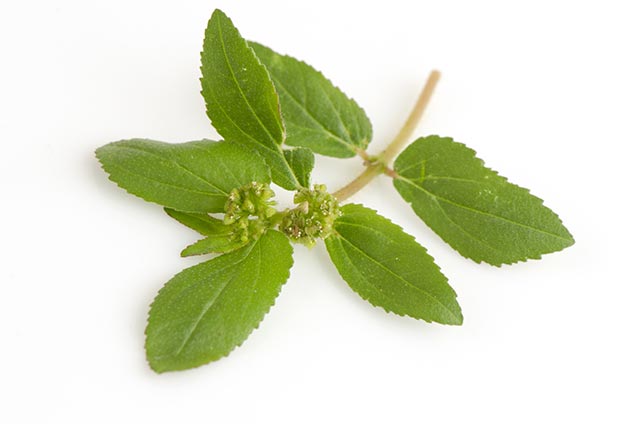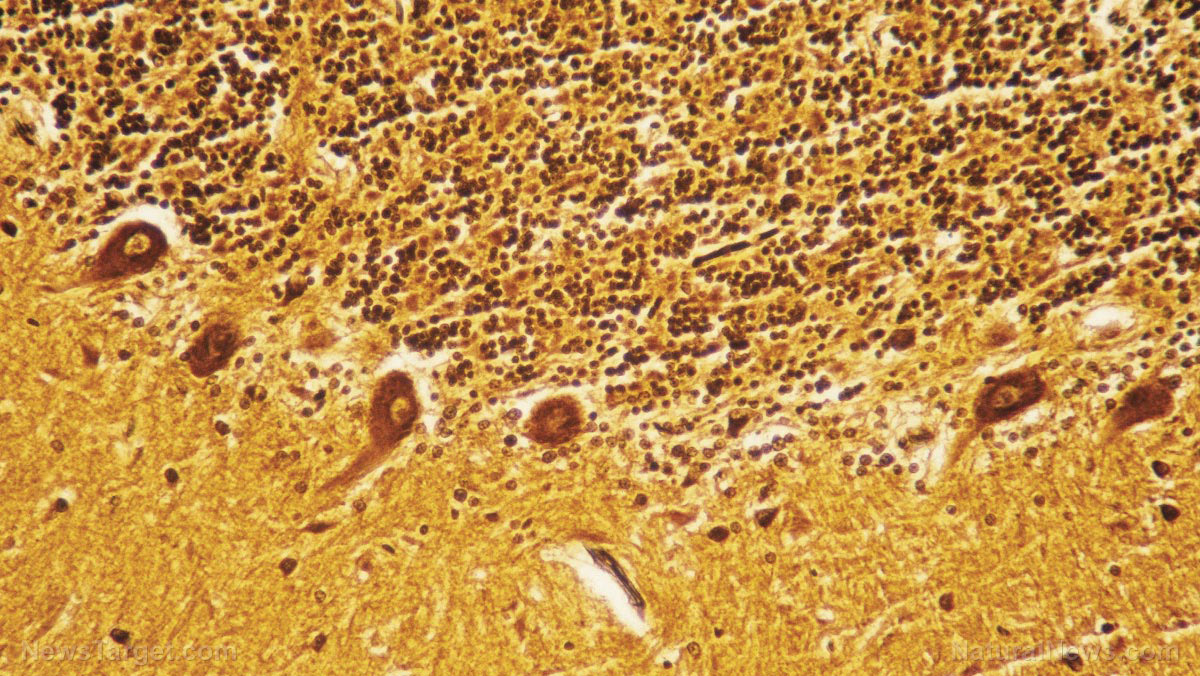Better than pharma: Frog mucus found to kill influenza strains
04/23/2017 / By Frances Bloomfield

A cure for the flu might be found in frogs, new study claims. Researchers from the United States have uncovered the bacteria-fighting peptides in the mucus secreted by the Hydrophylax bahuvisatra frog, an amphibian native to the Kerala region of southern India. Though frog mucus is known to be full of molecules that kill viruses and bacteria, what makes the mucus of this colorful frog unique is its potential against numerous strains of human flu.
In their report published in the journal Immunity, the researchers stated that the peptides in the mucus were able to neutralize dozens of flu strains. Named “urumin”, after a whip-like sword used in southern India, the newly-identified peptide has yet to become a definite anti-flu drug. However, the researchers have noted the usefulness of the peptide if vaccines are unavailable.
“Different frogs make different peptides, depending on where their habitat is. You and I make host defense peptides ourselves. It’s a natural innate immune mediator that all living organisms maintain. We just happened to find one that the frog makes that just happens to be effective against the H1 influenza type,” said Dr. Joshy Jacob, study co-author and flu specialist from the Emory University School of Medicine, Atlanta, Ga.
The influenza virus needs hemagglutinin, a viral surface protein that causes red blood cells to clump together, to get inside human cells. To combat this, urumin binds to the hemagglutinin and destabilizes the virus, effectively killing it in the process.
Jacob and his colleagues came across this discovery while screening 32 frog defense peptides against an influenza strain. Out of the 32 peptides, they found four that possessed “flu-busting abilities”, reports DailyMail.co.uk. Of their miraculous findings, Jacob has said: “I was almost knocked off my chair. In the beginning, I thought that when you do drug discovery, you have to go through thousands of drug candidates, even a million, before you get one or two hits. And here we did 32 peptides, and we had four hits.”
Although three of the four identified peptides were found to be toxic to humans, urumin is harmless and can be easily isolated. This is what researchers from the Rajiv Gandhi Center for Biotechnology in Kerala, India, have been doing to their local frogs. Rubbing powder or a tiny shock can prompt frogs to secret their defense peptides, which can then be collected and studied.
More than just frogs with flu-fighting mucus, nature has already developed and provided cures for almost every condition. Patients with wounds that refuse to heal can undergo maggot therapy; maggots secrete a particular enzyme that can dissolve dead tissue while still preserving healthy tissue. This natural process not only stimulates healing but also encourages tissue growth and new blood flow.
Animals aren’t the only ones with natural gifts. Plants can have even greater beneficial, medicinal value. Turmeric is an Indian plant and a spice that’s become popular as a superfood because of its numerous healing and detoxifying abilities. Mint and marshmallow plants have been touted as effective anti-inflammatory cures for gastroenteritis.
Over time, more and more cures for various ailments are being found in nature. The growing interest in what our environment can offer us has prompted researchers and academics to turn to the natural for answers. If this keeps up, and if more people become involved, who knows what we might find next? Considering so much of our earth remains untouched and unexplored, the possibilities are near limitless.
Findings like these and more can be found by visiting Discoveries.news.
Sources:
Phys.org
DailyMail.co.uk
NaturalNews.com
StepToHealth.com




















